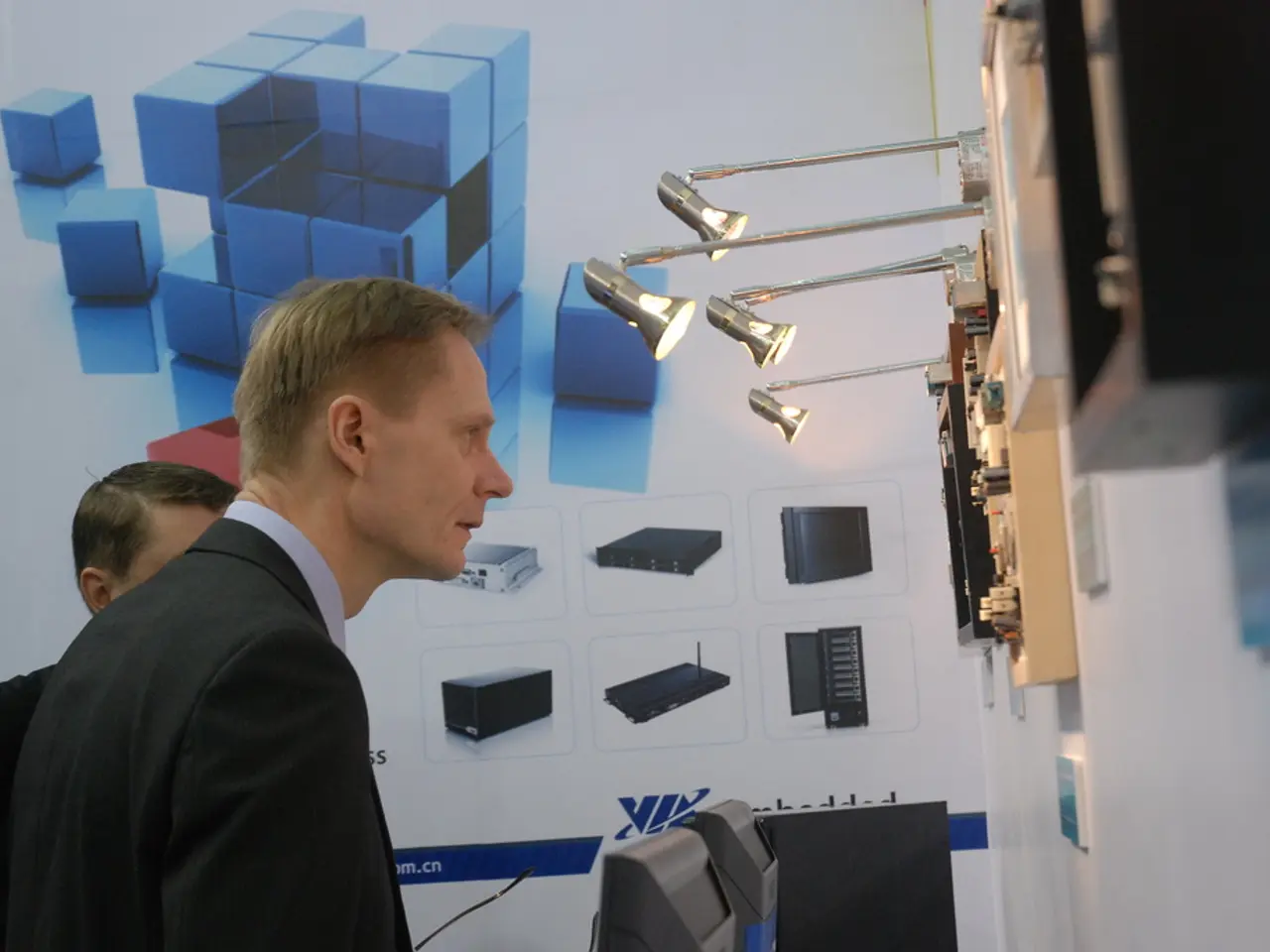Utilities choose cellular networks for their smart metering initiatives due to their remote access capabilities and robust infrastructure.
In the realm of modern energy management, smart metering is playing an increasingly significant role. This article provides a comprehensive look at the current state of smart metering across the globe, focusing on network technologies, regional adoption, and future trends.
The design stage of a smart metering project requires careful consideration of the most suitable network technology. Factors such as power consumption constraints, network coverage, and technology standards like NB-IoT, LTE-M, or other 4G LTE variants come into play.
Smart metering roll-outs follow a structured approach, consisting of four stages: system design and sourcing, roll-out and integration, implementation and operation, and customer education. Europe, with its history of top-down cross-border smart metering policies, leads the way, although deployment statuses vary greatly among countries.
The North American market, home to approximately 180 million electricity customers, boasts more than 140 million smart electricity meters installed, primarily due to legislation at the state or province-level. In contrast, the adoption of smart metering solutions in the gas and water segments lags behind the electricity sector.
In North America, the majority of smart meters utilise proprietary sub-GHz mesh or point-to-point RF networking platforms. On the other hand, PLC technologies such as G3-PLC and PRIME account for an estimated two-thirds of all smart metering installations in Europe.
Between 2019 and 2023, the penetration of smart electricity meters in Europe rose from 50% to 60%. The corresponding growth in Canada and the US was from 65% to close to 80%. By 2027, smart meter penetration rate is forecasted to exceed 76% in Europe and 90% in North America.
Large-scale first-wave rollouts are currently ongoing in several major European countries, including the UK, the Netherlands, Ireland, Belgium, and Lithuania. In the Asia-Pacific region, East Asian countries are leading the adoption of smart electricity metering, with China and Japan having completed their nationwide roll-outs.
The electricity sector worldwide has seen a 10% increase in the share of renewable energy since 2010, reaching around 30% by 2023. This shift towards renewable energy underscores the importance of smart metering in managing the complexities of a decentralised, variable energy supply.
In recent years, countries such as Germany have experienced rapid adoption of smart metering solutions in the gas sector, supported by regulatory frameworks and technology advances. However, specific data on the fastest adoption countries for gas and water smart metering is not detailed in available sources.
The Indian market is set for massive growth in the coming years, aiming to replace 250 million conventional electricity meters with smart prepaid meters. In Australia and New Zealand, cellular communications are favoured for smart metering due to market-driven roll-out modes.
Giesecke+Devrient (G+D) offers a cellular IoT ready-to-go solution for smart meter and utility customers, encompassing network authentication, IoT connectivity, connectivity enablement, lifecycle management, and security. G+D's SIM solutions cater to diverse IoT applications with various form factors and SIM generations, such as iSIM, eSIM, and pSIM, designed for specific applications like automotive, industrial, and consumer use cases.
The smart meters, with cellular connectivity as a key feature, are pivotal for future smart grids. G+D's AirOn360 RSP platform enables iSIM and eSIM management, ensuring high availability and geo-redundancy. Furthermore, G+D's AirOn360 IoT Suite facilitates the remote management of IoT devices throughout their connectivity lifecycle, including OTA campaign management and applet administration.
In conclusion, the global smart metering landscape is evolving rapidly, with a myriad of wireless technologies available for utilities planning for new smart grid projects in the mid-2020s. These increasingly sophisticated technologies, including 3GPP-based LPWA technologies like NB-IoT and LTE-M, are gaining traction in Europe, Asia-Pacific, and the Americas. Smart metering is not just a technological advancement; it is a cornerstone of a sustainable, efficient, and renewable energy future.
Read also:
- Industrial robots in China are being installed at a faster rate than in both the United States and the European Union, as the global market for these robots faces a downturn.
- Hyundai N affirms transition to hybrid performance-centric models, initiating with Tucson N
- EAFO Research Uncovers Crucial Elements in Electric Vehicle Adoption within the EU
- Stock markets in India anticipated a moderate opening, influenced by mixed signals from global markets.








